
Pagodas - miniature temples in a Japanese garden
The most characteristic elements in the architecture of a Japanese garden are stone or wooden pagodas . These miniatures of Buddhist temples symbolically emphasize the basic function of Japanese garden - a place of contemplation, spiritual tranquility, a bridge between the natural world and the spiritual world. The pagoda symbolizes the path to heightened awareness and heightened perception. It is the most auspicious symbol, filled with wisdom, peace and harmony.

Japanese Pagodas - Buddhist tradition
Traditional pagodas are tower-shaped multi-story Buddhist sacred buildings with an odd number of floors. They were built of stone , bricks or wood , usually on a square, regular hexagonal or octagonal plan. Each storey was topped with a roof that was turned upwards, characteristic of Chinese architecture.
Traditional pagodas are found all over East and Southeast Asia, wherever Buddhism is one of the leading religions. So we have, among others Indian, Chinese, Japanese, Vietnamese and Thai pagodas.
.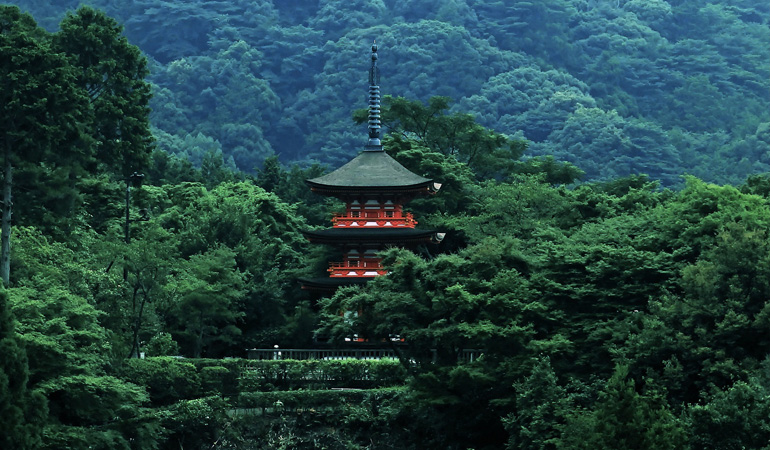
Where do the pagodas come from
The structure of the pagoda comes from the stupa - a commemorative monument, a hemispherical or dome-shaped reliquary with a coniferous top. It comes from ancient India, the cradle of the Buddhist religion. The structure became more and more elongated and cylindrical over time, until it took on a tower shape . Its shape symbolized holy mountains . It served as the resting place for the relics and remains of saints and kings.
Stupas and later pagodas have evolved into several different forms characteristic of different regions of Asia. In China, they gave birth to a unique underground structure known as the "dragon's cave". It consisted of a room lined with brick or stone and often decorated with paintings, where a reliquary and funeral items were placed. They were placed in several containers, one inside the other, where the largest became the base and then the plinth of the pagoda.
.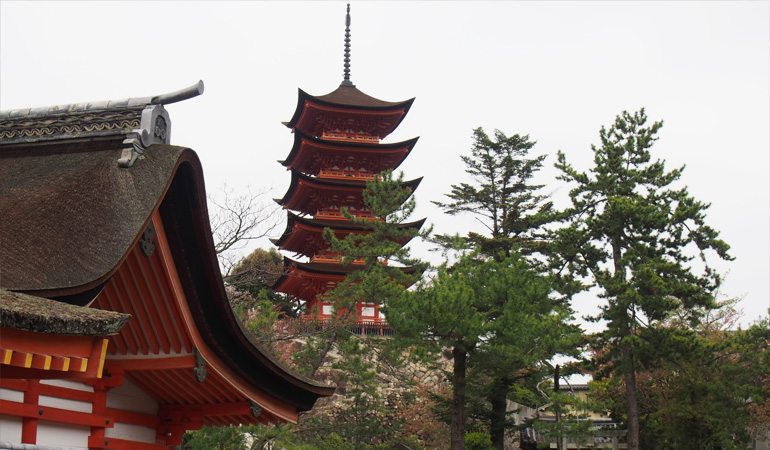
Where to find traditional pagodas
With the development of trade and the spread of Buddhist missions, the process of so-called the indianization of other regions of Asia. Buddhist practices dominate the Southeast Asian continent. Its symbolism was absorbed by local cultures. In this way, the pagodas went to Burma, Thailand, Cambodia and Laos, where the pagoda took on a pyramidal or conical shape. In China, Korea and Japan it turned into a multi-story tower , which is the most famous form of a pagoda. The tallest buildings even have 15 floors .
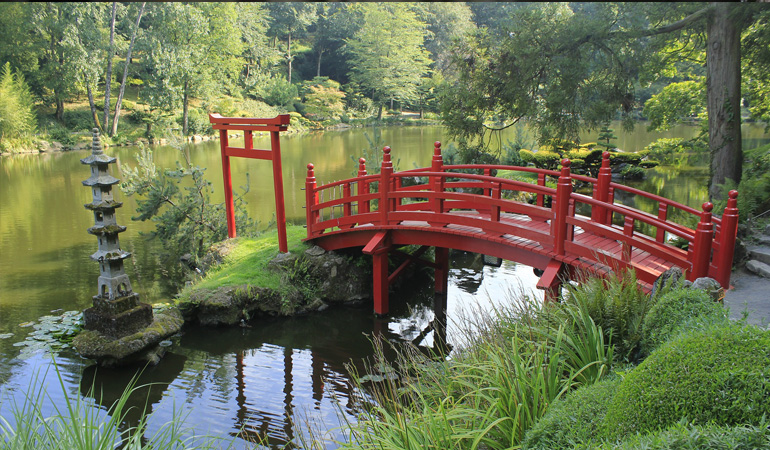
Japanese Pagodas - five floors to eternity
Japanese pagodas took the form of a tall tower. It consists of an odd number of repeating floors that decrease in regular proportions. In the five-story pagoda , each floor symbolizes one of the five elements: earth, water, fire, wind, and emptiness (heaven). The 7 floors of the pagoda symbolize the 7 treasures of Buddhism and the 7 northern stars. The 9-level pagoda is a holistic symbol of all the qualities that must be met to be successful in school and work life.
Each floor in the East Asian Pagoda has its own buckle-shaped roofline, and the entire structure is bounded by a mast and discs.
Pagodas are usually made of wood , brick or stone. They are built around a central staircase. Due to their symbolic functions - they were supposed to ward off bad luck and prevent natural disasters - they often have very little useful space inside.

Miniature Pagodas - decoration and power accumulator
In European garden architecture pagodas appeared in the 19th century with the discovery of Japan and China by Europeans. It was accompanied by a fascination with culture and fashion for the Far East.
The pagodas are now celebrating their great triumph on the wave of a new fascination with the philosophy and culture of the East. They are one of the most frequently used objects in interior and garden architecture inspired by the principles of feng shui. According to them, pagodas are a source of great energy and revitalization. They create a better business environment and job prospects. They have the power to bring alertness and intelligence back to working minds. They can turn bad energy into good chi. The Pagodas are a great gift for those who are in school or are looking for a university education.
Pagodas in Polish gardens
Pagodas are also used to help the sick as they are believed to have the ability to absorb negative chi. They are also appreciated by entrepreneurs for the possibility of sharing the gift of diligence and balance. They bring a good reputation.
Japanese gardens arranged around Polish houses eagerly use the pagoda theme. For the sake of space saving, temple-shaped towers are usually miniature in size. Japanese garden pagodas are usually stone structures, pots, fountains and lanterns. Less often, the shape of a pagoda is taken by wooden garden gazebos, sheds and "temples of reflection".


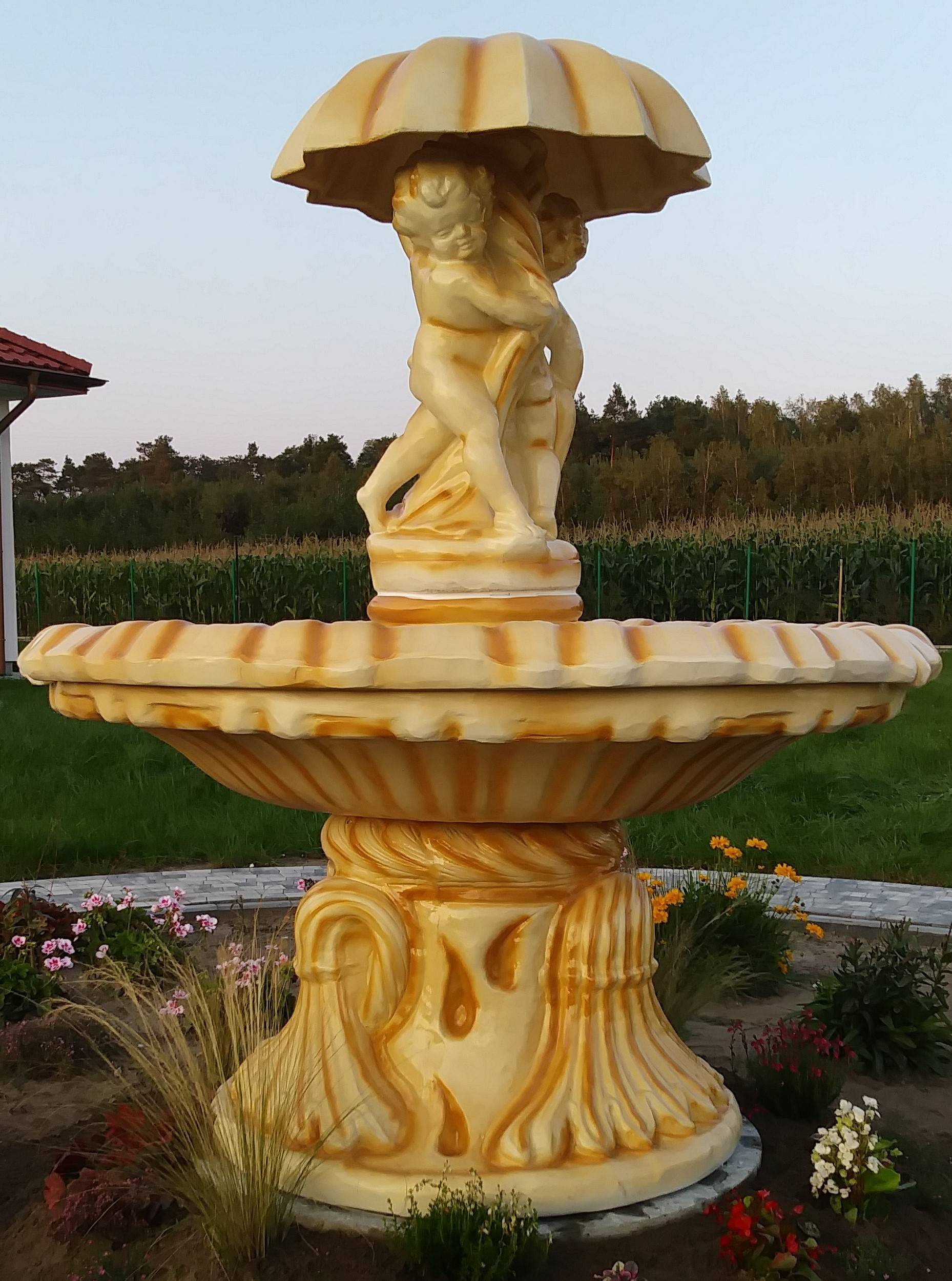


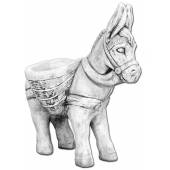
 Copyright © 2024 cadekor.pl by
Copyright © 2024 cadekor.pl by 